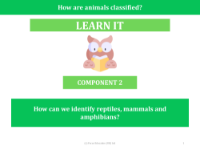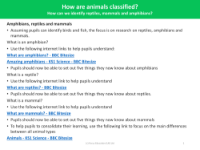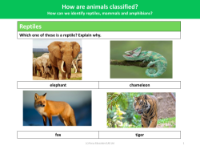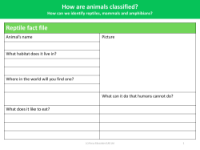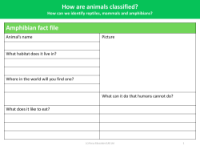What is a reptile, mammal, amphibian - Worksheet
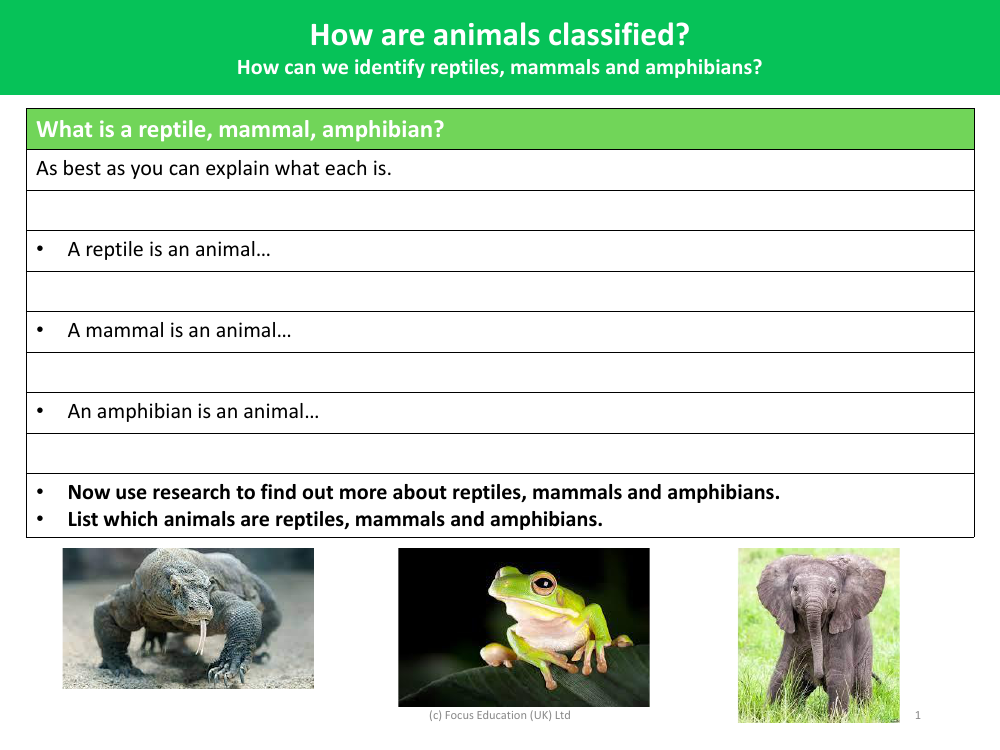
Science Resource Description
A reptile is an animal that is characterised by its cold-blooded metabolism, which means that it cannot regulate its own body temperature and relies on the environment to do so. Reptiles have scaly skin, which protects them from dehydration and they lay eggs with leathery shells. Some common examples of reptiles include snakes, lizards, turtles, and crocodiles. To further understand reptiles, one can research their habitats, behaviour, and physiological traits.
A mammal is an animal that is known for its warm-blooded nature, allowing it to maintain a stable body temperature regardless of the environment. Mammals possess hair or fur on their bodies and have a unique feature of producing milk to nourish their young through mammary glands. Examples of mammals range from domestic animals like cats and dogs to wild creatures such as elephants and whales. Researching mammals can unveil more about their diverse classifications and adaptations. An amphibian is an animal that typically starts its life in water with gills and then often develops lungs to live on land as it matures. Amphibians have moist skin which can absorb water and oxygen, and they go through a process called metamorphosis. Frogs, toads, salamanders, and newts are all examples of amphibians. To gain more insight into amphibians, one might explore their life cycles and ecological roles. Animals are classified into these groups based on distinct physical characteristics, reproductive methods, and other biological factors. Identifying reptiles, mammals, and amphibians involves observing these traits and understanding their evolutionary relationships.

